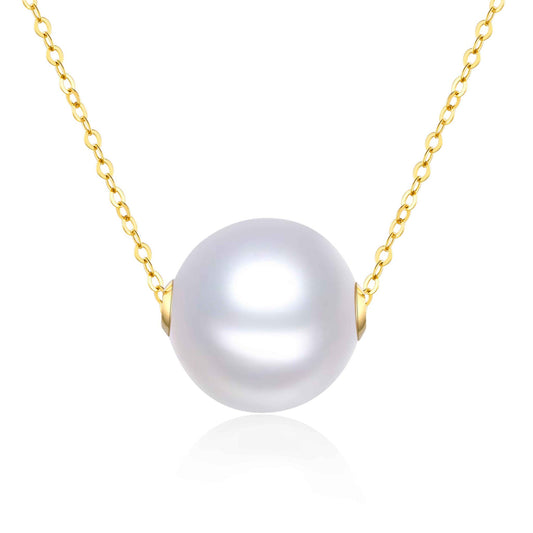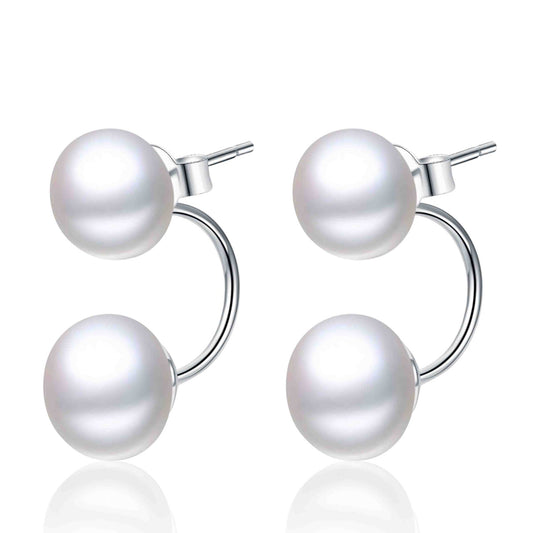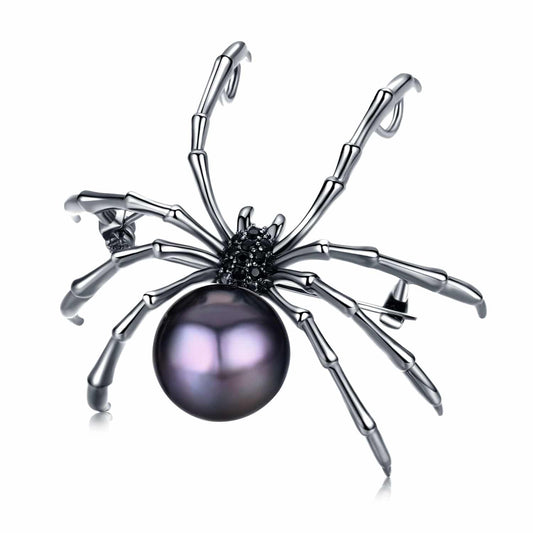
Are Edison Pearls Soufflé Pearls?
Share
By natural formation or laboratory cultivation, pearls are exquisite however they are grown.
Long regarded as a symbol of beauty, purity and prestige throughout history, naturally formed pearls are now rare and costlier, with the long process of their all-nacre formation and no shell bead at their core.
Unlocking the secret of nature and duplicating the magical work of mollusks has taken centuries of innovative processes. Modern cultivation practices allow this precious gem to be widely accessible and affordable for everyone, and the majority of the pearls that are retailing today are cultured, in either salt or freshwater.
Soufflé Pearls: Cultivating Delicate Beauty
Named after the celebrated fluffy and light-weight French dessert, Soufflé pearls are light and hollowed out. In Chinese, they call this type of pearl ‘reborn’ or ‘regeneration’ pearls, due to the formation process that was discovered by luck.
Soufflé pearls are grown by inserting a dried mud-like ball into an existing pearl sac, inside a freshwater mussel from which a pearl was already harvested. As the mud soaks up the surrounding moisture and expands, the pearl sac also expands and begins the magical process of depositing nacre over the growing nucleus. The formation produces the uniquely shaped soufflé pearl.
When the soufflé pearl is harvested, they are drilled and the inner mud-like material is cleaned out. The end result is a lightweight, hollow pearl with brilliant iridescent colors. Despite their delicacy, their strength rivals that of any beaded pearl, with a nacre thickness of 2 mm to 4 mm, making them a durable jewelry item. Because of their hollow centers, strands of soufflé pearls have the advantage of lighter weight, making them easy to wear.
The Formation of Edison Pearls
Farmers have long experimented with ways to grow large pearls. A large pearl needs a large bead to form the nucleus, but if the farmers tried to insert a large bead into a mollusk, without the first step of growing a souffle pearl, the bead would be too big and the mollusk would die.
Once the soufflé pearl is harvested, the mussel is left with an enlarged pearl sac – larger than usual due to the expansion from the dried mud – and big enough to insert a larger-than-normal bead.
In this larger pearl sac, the farmer places a large bead which the sac envelopes, starting the formation of a large, bead-nucleated pearl. The result?
Perfectly round pearls that come in sizes of up to ¾ inch, smooth skin with rich luster, and a variety of colors, such as purple, pink, bronze, peach, gold, champagne, and white. The ingenious cultivation technique of Edison pearls produces a luxury jewel of large size with spectacular colors – affordable to the average woman.
Cultivating the Difference
Edison pearls were regarded as soufflé pearls when they were invented at the very beginning. But with the technologies and experiences developed today, some are soufflé pearls, but some are not.
Farmers are using multiple ways and sophisticated techniques to cultivate pearls now, and although Edison pearls could be soufflé pearls, today most Edison pearls are NOT soufflé pearls.
Research and development continue with innovative pearl culturing techniques to create vibrant new colors and metallic luster. The future of pearls is bright indeed, as modern innovation works hand in hand with nature’s ancient creation.



